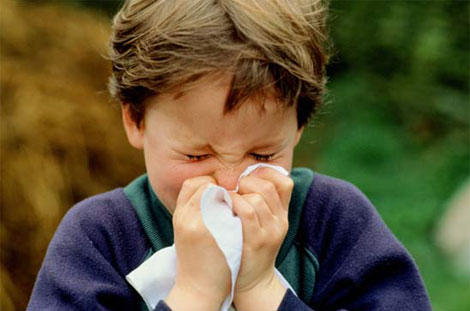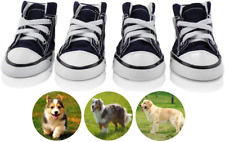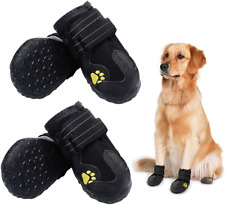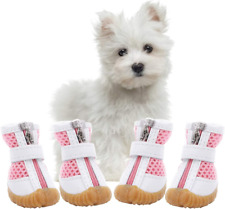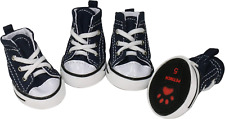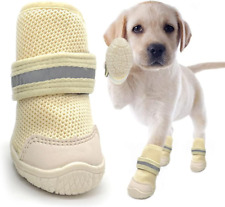Evidence Grows that Childhood Pets Protect Against Animal Allergies
Evidence Grows that Childhood Pets Protect Against Animal Allergies
Good news for families who are keen to have a pet cat or dog at home, but are worried that the children might develop an animal allergy as a result. An increasing body of evidence roundly disproves that theory.
New research from Melbourne University has found that kids who were exposed to animals at a young age experienced lower levels of nasal allergies as adolescents. In fact, family pets, especially dogs, do more than fail to cause allergies – they may actively prevent them.
Nasal allergies give rise to irritating symptoms from itchy eyes and sore throats to runny noses. They can also cause asthma and other allergic diseases. The latest study focused on those who grew up with animals, and those who had these symptoms, and questioned 8,500 adults across Australia and Europe. The findings were published in the Journal of Allergy and Clinical Immunology.
Over a quarter of those who took part reported having nasal allergies, and most said the symptoms had begun during adolescence. Risk factors included smoking during pregnancy, and many allergies seem to run in families.
The research team discovered that young children who had contact with others the same age reduced their chances of nasal allergies later in life. The same was true of those who were either raised on a farm or had pets before their fifth birthday. The study did not consider whether being around animals beyond the age of five would have any impact on the risk of developing an allergy.
Those who grew up on a farm reduced their chances of developing allergies by nearly a third, while keeping a cat or dog as a pet was associated with a 15% reduced risk.
Interestingly, the results were consisted in all 13 of the nations involved in the survey, despite national differences in farming and pet ownership.
Encouraging, if not definitive, results – and this is only the latest in a series of studies which appear to indicate broadly similar findings.
A study from last fall from Cincinnati showed that dog ownership could reduce the chances of developing the skin condition eczema in childhood.
And, published this summer in the scientific journal Clinical & Experimental Allergy, a study from Detroit’s Henry Ford hospital found that growing up with pets could cut kids’ of becoming allergic to cats and dogs, and may even provide protection against those problems.
The Detroit Childhood Allergy Study, started in 1987, has found that the first year of life appeared to provide the most protection – having a dog before an infant’s first birthday halved the risk of boys’ developing an allergy to canines.
The same link wasn’t found in girls. But when researchers looked at teenagers born via Caesarean section, they found that both genders had a 67 percent reduced risk of dog allergy when they had a pooch in their first year of life.
Being exposed to cats in infancy offered the same reduction – 48% – for boys and girls.
Allergy symptoms can vary from a runny nose, sneezing, and watery eyes to a full-blown asthma attack. These irritations can be a real problem in the 70% of US families where there is an animal at home.
Until now, the jury has been out on whether exposure to animals could be a contributing factor.
The Detroit research’s authors stress that more research is needed, and that this study alone doesn’t mean that everyone should rush out and buy a pet. Allergies are far more complicated than that, and there are no straightforward answers.
But, certainly, there’s growing evidence to suggest that avoiding animals isn’t necessarily the best way of protecting kids against allergies to them, as some may have previously thought.
